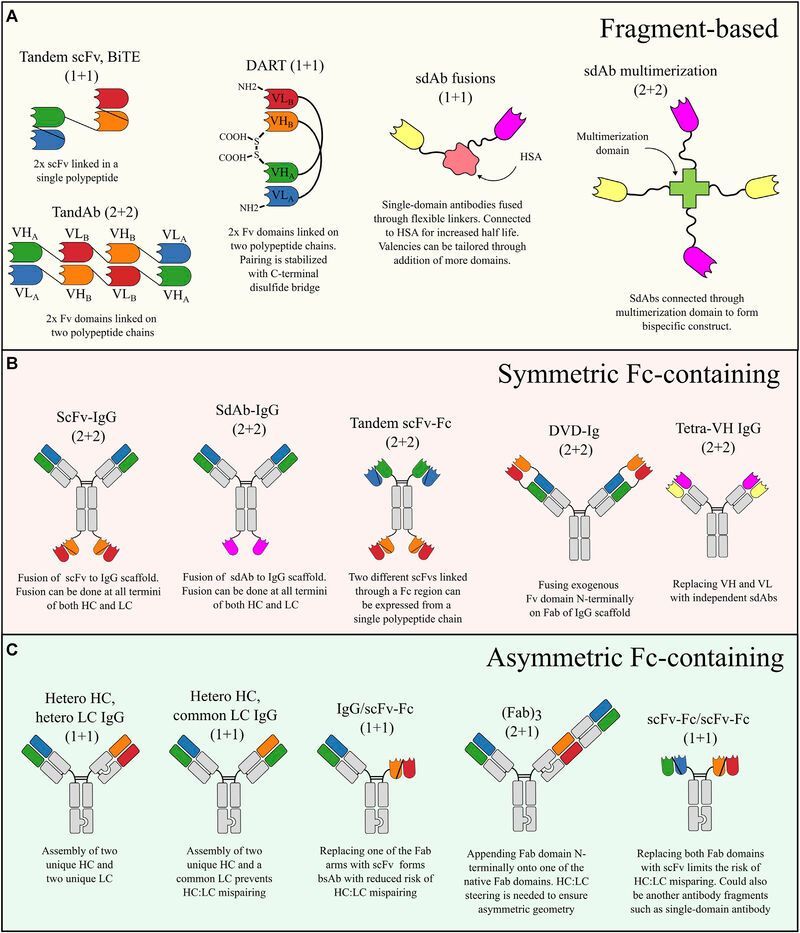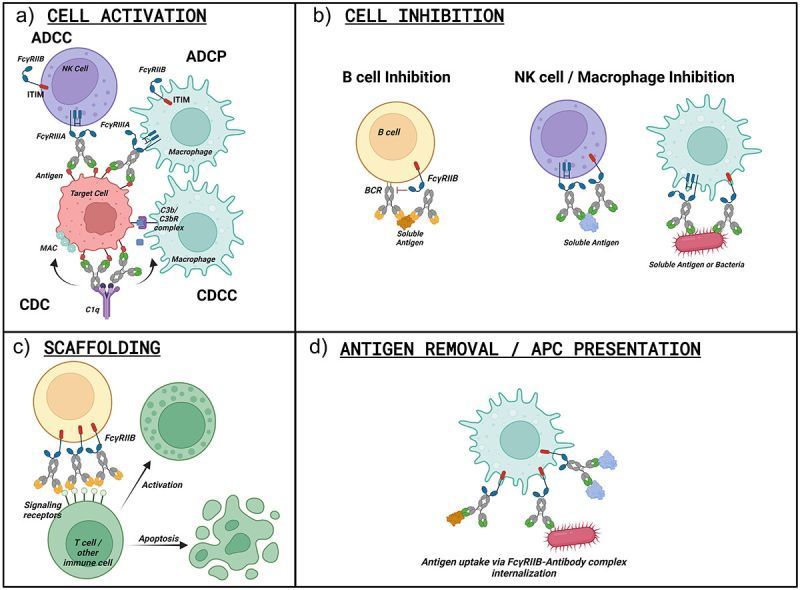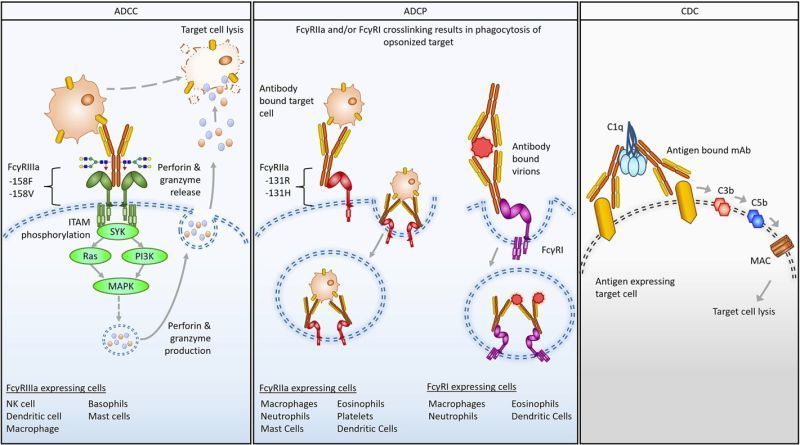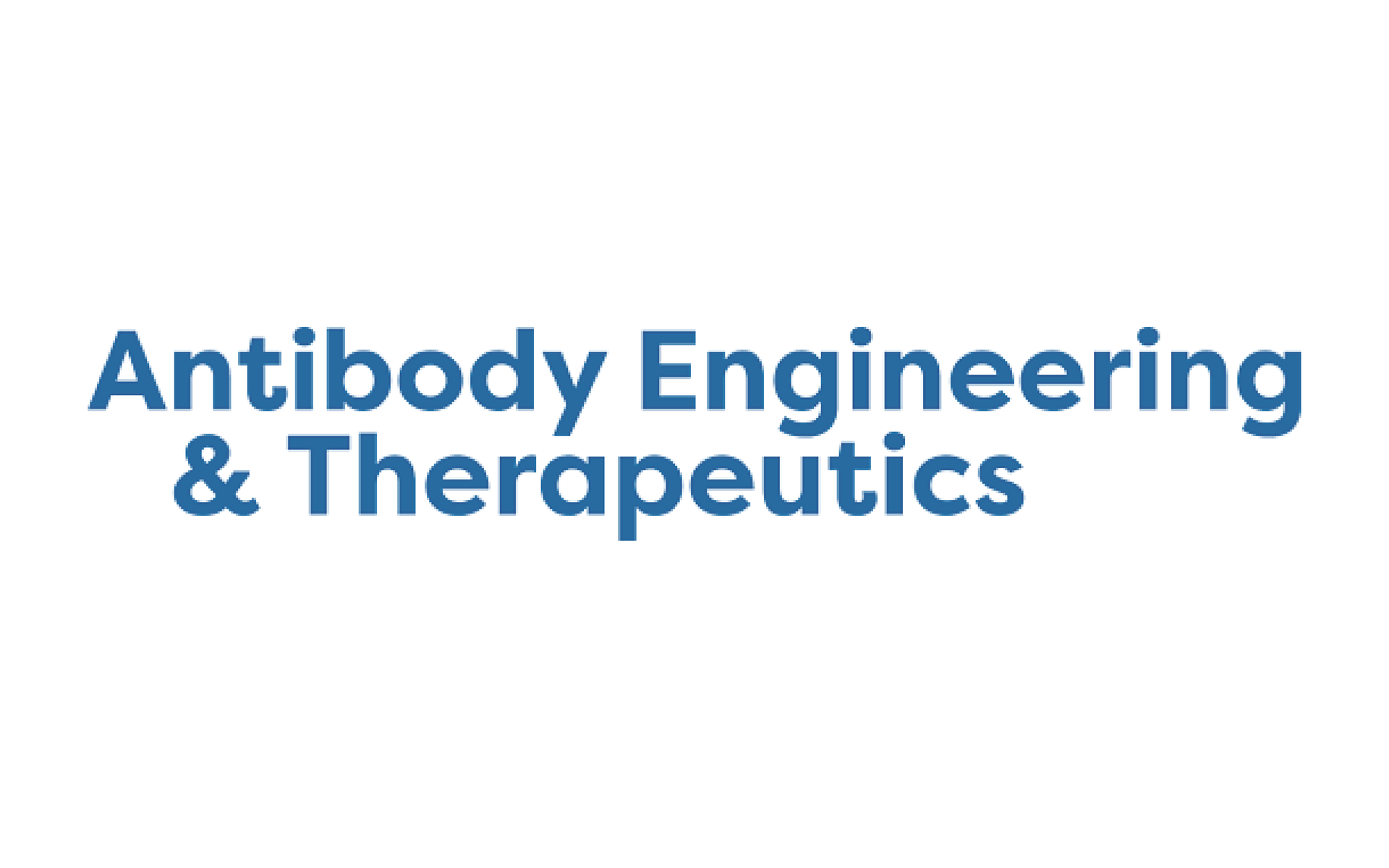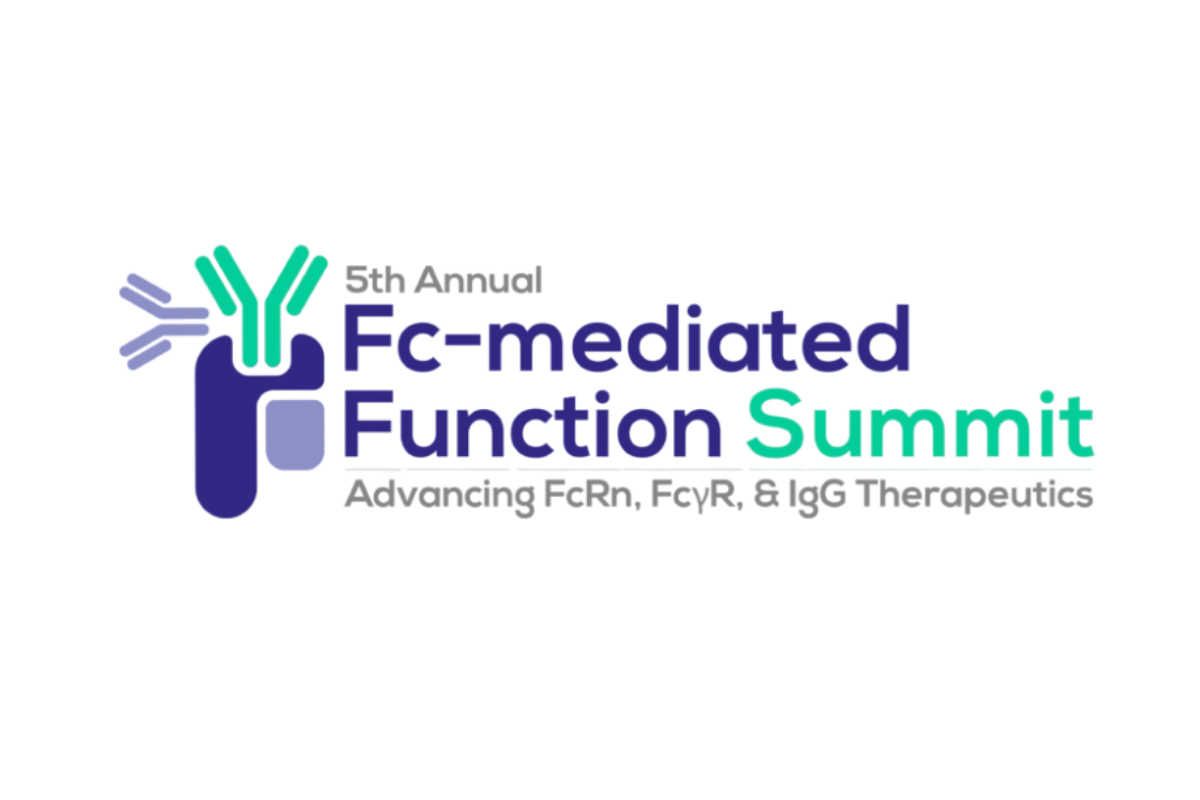SITC Poster 2025
Background:
Monoclonal antibodies (mAbs), bispecific antibodies (BsAbs) and antibody drug conjugates (ADCs) are key players in cancer immunotherapy. Beyond antigen targeting, their Fc regions mediate pivotal effector functions that significantly impact clinical efficacy and safety. Most developmental pipelines assess NK cell mediated antibody dependent cellular cytotoxicity (ADCC), monocyte mediated antibody dependent cellular phagocytosis (ADCP), and complement dependent cytotoxicity (CDC) but do not consider the Fc functions mediated by other immune effectors such as macrophages, neutrophils, basophils, eosinophils, and dendritic cells. A comprehensive understanding of Fc functions elicited by therapeutic antibodies can enable data-driven lead selection and optimization to increase confidence while progressing to the clinic.

Objective:
To establish a robust and systematic assessment strategy for Fc effector functions of therapeutic antibodies in oncology, and to demonstrate how this profiling enhances mechanistic insights, candidate design, and derisks clinical safety.
Methods:
- Assay Platform: Combination of high throughput biophysical Fc receptor (FcR) binding assays and healthy human primary immune cell Fc functional assays to identify and quantify Fc effector functions including ADCC, ADCP, CDC, ADNP, ADEP, ADBP and ADDCP.
- Fc Engineering Analysis: Integration of glycoengineering and Fc modification workflows to modulate effector profiles, with functional readouts driving lead selection.
- Case Studies: Correlation of biophysical and cellular Fc function, discovery of novel Fc functions for approved mAbs, assessment of Fc-enhanced mAbs for function correlated with in vivo efficacy, mechanism of action (MoA) of therapeutic IgE, and confirmation of Fc silencing, via comprehensive assessment of immunological outcomes.
Results:
- Biophysical C1q binding patterns showed strong correlations with complement deposition and complement activation leading to CDC.
- Comprehensive profiling uncovered novel Fc functions of approved mAbs providing mechanistic insights into efficacy and safety.
- Engineered Fc enhanced antibodies drove superior macrophage phagocytosis and NK cell activation, translating to improved tumor control in murine models.
- Collaborative identification of the multi-cellular MoA for a first-in-class IgE clinical candidate.
- Fc silencing preserved antigen binding while reducing off target cytotoxicity, minimizing cytokine release, and activation of inflammatory primary human immune cells.
Conclusion:
In oncology antibody development, balancing immune activation and safety is crucial. It is recommended to assess Fc effector function early in the process. The SeromYx platform, which includes biophysical and functional cell-based assays, offers key insights to guide Fc engineering, validate MoA, and support data-driven design by integrating the roles of both the Fab and Fc domains.
Authors:
Shashi Jatiani, PhD.
